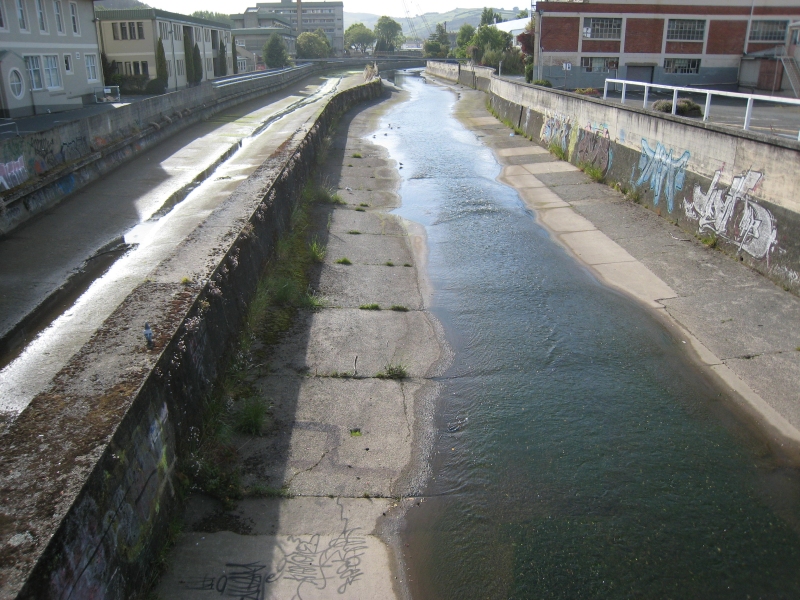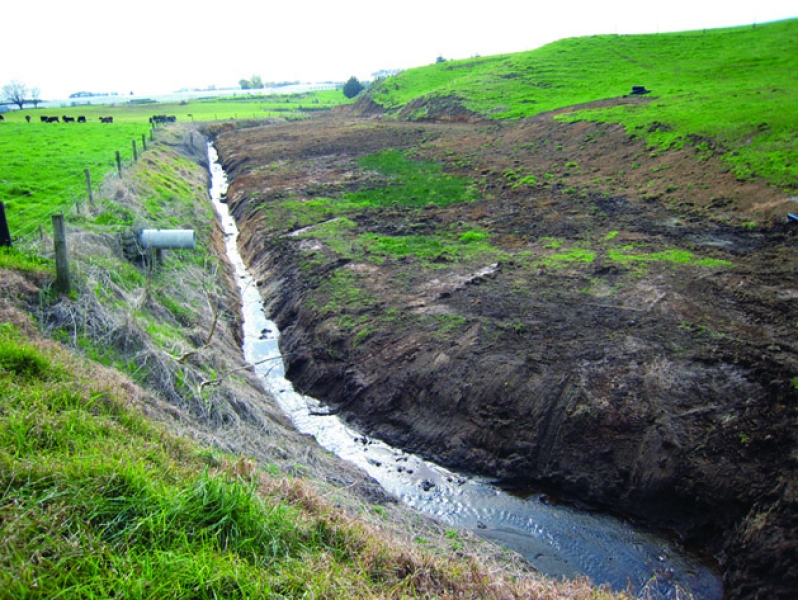Fish species have varying habitat requirements. If a habitat requirement is not present, the species that rely on it will not be abundant in your stream.
Are habitat requirements missing?
Water flow
Physical habitat features such as rapids, riffles and pools, as well as water depth and velocity, are determined by the interaction between the rate of flow and stream geomorphology (geology, gradient and land use affect the shape, sinuosity and substrate of the stream channel). If there is insufficient flow it may be due to water abstraction or land use changes upstream. Advice on how to check whether the flow is sufficient for fish habitats is provided in the section on restoring water flows.
Land and water use changes
Changes in land and water use in the catchment area can affect stream geomorphology by changing the rates of water flow. Faster flows caused by a lack of forested catchment will increase runoff (more flash floods) and siltation. Smaller flows from water abstruction (removal) reduce water velocities and fish habitat.
Dams may also change substrate structure and channel shape.
Some habitats may be lacking due to natural geomorphological features (e.g. the presence of falls or low gradients); artificial changes in stream morphology (e.g. feats of engineering such as channelisation, deepening and straightening) can also reduce fish habitat. If loss of physical habitat has occurred because of artificial changes in the stream channel, identify which habitats are lacking to determine what type of restoration is required.
Vegetation cover
Cover is also a very important habitat requirement for fish in New Zealand. Large galaxiids (e.g. koaro and the kokopu species) require streams that are well shaded by a tree canopy. Inanga also need riparian cover but this is provided by overgrowing plants such as watercress or toi toi. Instream cover is also important for kokopu species; it can take the form of an undercut bank, a hole beneath a boulder or wood debris.
However, torrentfish and bluegill bully take advantage of the hydrological cover provided by high water velocities such as turbulent, white-water at rapids.
If one type of cover is lacking, one or more of the species that depend on it will be absent or scarce, even though physical habitat is otherwise suitable. It is important to identify fish cover limitations and ways of creating or adding artificial cover to streams.
Poor water quality
If suitable physical habitat and cover are both present and recruitment is not a problem, the absence of fish may be due to poor water quality.
Summer water temperatures may be too high for some fish or the pH or oxygen levels may be too low. Detection of chemical spills and discharges that can kill or displace most fish is difficult – most chemicals are unlikely to still be present. Regional councils may be able to assist in reducing chemical spills and fish recolonisation will occur naturally after these events. However, it may take decades for long-lived fish such as eels to be replenished, a process that can only be hastened by stocking.


